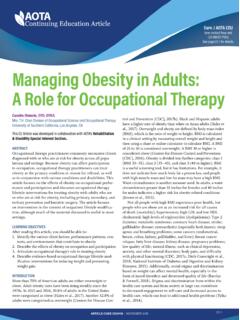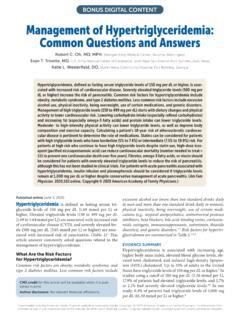Transcription of The Work-up and Treatment of Adrenal Nodules
1 1 Lawrence Andrew Drew Shirley, MD, MS, FACSA ssistant Professor of Surgical-ClinicalDepartment of SurgeryDivision of Surgical OncologyThe Ohio State University Wexner Medical CenterThe Work-up and Treatment of Adrenal NodulesOutlineOutline Incidentaloma Functional Nodules Cushing s Syndrome Pheochromoctoma Hyperaldosteronism Adrenocortical Carcinoma2 IncidentalomaIncidentalomaIncidentaloma - EpidemiologyIncidentaloma - Epidemiology Autopsy studies - 32% (avg ) Imaging studies: 1,459 patients 61,054 patients Adrenal MassIncidental Adrenal Mass Is it functional?Incidental Adrenal MassIncidental Adrenal Mass Is it functional? Is it malignant? (Primary or metastatic)4 Incidental Adrenal Mass Work-upIncidental Adrenal Mass Work-up Thorough history and physical exam HTN, weight change, diabetes, appearance change, malignancy, family historyIncidental Adrenal Mass Work-upIncidental Adrenal Mass Work-up Thorough history and physical exam HTN, weight change, diabetes, appearance change, malignancy, family history Serum potassium, aldosterone, and renin5 Incidental Adrenal Mass Work-upIncidental Adrenal Mass Work-up Thorough history and physical exam HTN, weight change, diabetes, appearance change, malignancy, family history Serum potassium, aldosterone.
2 And renin 24 hour urinary cortisol or low dose dexamethasone suppression testIncidental Adrenal Mass Work-upIncidental Adrenal Mass Work-up Thorough history and physical exam HTN, weight change, diabetes, appearance change, malignancy, family history Serum potassium, aldosterone, and renin 24 hour urinary cortisol or low dose dexamethasone suppression test Plasma metanephrines or 24 hour urinary catecholamines, metanephrines, and VMA6 Next question: Is it malignant?Next question: Is it malignant? Larger the tumor, the greater the cancer risk Next question: Is it malignant?Next question: Is it malignant? Larger the tumor, the greater the cancer risk Generally recommended if 4 5 cm or greater then resect7 Next question: Is it malignant?
3 Next question: Is it malignant? Larger the tumor, the greater the cancer risk Generally recommended if 4 5 cm or greater then resect If metastatic disease possible consider FNANext question: Is it malignant?Next question: Is it malignant? Larger the tumor, the greater the cancer risk Generally recommended if 4 5 cm or greater then resect If metastatic disease possible consider FNA Before FNA MUST RULE OUT PHEO!8 SizeSize Masses > 6 cm Greater >25% Malignant Masses < 4 cm Are Generally Monitored Q 6 month imaging x 2 Q yr hormonal study x 4 For Masses Between 4 and 6 cm:Criteria other than size should be considered in making the decision to monitor or to proceed to Institutes Of HealthManagement Of The Clinically Inapparent Adrenal Mass (Incidentaloma) 2002 Adrenal Protocol CT ScansAdrenal Protocol CT Scans Initial HU without contrast: Adenomas: < 10 HU (lipid rich)Malignancies: > 18 HU Sensitivity: 73% Specificity: 96% Washout 10 15 minutes after contrast: Adenomas: > 60% Sensitivity: 88% Specificity: 96 -100% Worrisome features.
4 Irregular, inhomogeneous enhancement, central necrosis, calcification in 30%, local invasion9 MRIMRI Equally Effective As CT Adenomas Are Iso-Intense With The Liver On T2-weighted Images Carcinomas Have A Hyper-Intense Signal Compared With The Liver On T2T1T2 MRI MRI 10 Fine-Needle Aspiration BiopsyFine-Needle Aspiration Biopsy FNA is indicated for pts with possible metastatic disease to Adrenal or for lymphoma diagnosis CANNOT Distinguish A Benign Adrenal Mass From Adrenocortical Carcinoma Unnecessary FNA is a common pitfall in working up an Adrenal incidentaloma Potentially dangerous Rarely alters managementEvaluation of IncidentalomaEvaluation of IncidentalomaHistory and PhysicalDetermine FunctionFunctionalSurgeryNon-FunctionalS ize> 4 cm< 4 cmObserve (serial exams)
5 11 Cushing s SyndromeCushing s Syndrome21 Harvey CushingHarvey Cushing Born in Cleveland 1869 Educated at Yale House staff at Johns Hopkins Peter Brent Brigham Hospital 1912 1932 Dr. W. T. Bovie develop electrocautery - 192612 Harvey CushingHarvey Cushing 1912 described Minnie G. Multiglandular diseaseHarvey CushingHarvey Cushing 1912 described Minnie G. Multiglandular disease 1932 reports on 12 patients Pituitary Basophilism13 Harvey CushingHarvey Cushing 1912 described Minnie G. Multiglandular disease 1932 reports on 12 patients Pituitary Basophilism Bishop and Close named the disease Cushing s syndrome Hypothalamus Pituitary Adrenal AxisHypothalamus Pituitary Adrenal AxisCortisolAdrenal glandsACTHP ituitary GlandCRHH ypothalamus14 Clinical ManifestationsClinical ManifestationsClinical ManifestationsClinical Manifestations15 Cushing s Syndrome - EtiologyCushing s Syndrome - Etiology ACTH dependent 90% Pituitary (Cushing s disease)
6 Or ectopic ACTH independent 10% AdrenalCushing s Syndrome - DiagnosisCushing s Syndrome - Diagnosis Establish abnormal cortisol production 24 hour urine for free cortisol and creatinine Low-dose dexamethasone test 1 mg at 11pm, measure cortisol at 8 am (nl < 5 ug/dl) Midnight salivary cortisol correlates well with serum cortisol, lowest levels at midnight16 Cushing s Syndrome - DiagnosisCushing s Syndrome - Diagnosis Establish abnormal cortisol production 24 hour urine for free cortisol and creatinine Low-dose dexamethasone test 1 mg at 11pm, measure cortisol at 8 am (nl < 5 ug/dl) Midnight salivary cortisol correlates well with serum cortisol, lowest levels at midnight Next establish cause Serum ACTH if > 15 then ACTH dependent (pituitary, ectopic) if < 5 ACTH independent ( Adrenal )Cushing s Syndrome - TreatmentCushing s Syndrome - Treatment ACTH Dependent Treat cause Rarely bilateral adrenalectomies ACTH Independent Laparoscopic/Robotic adrenalectomy Exogenous steroids for several months to a year for HPA axis recovery17 Subclinical Cushing s SyndromeSubclinical Cushing s Syndrome 20% develop overt clinical Cushing over time At risk for post-operative Addison s 40 100% Associated with increased incidence of.
7 HTN, Obesity, DM, Cardiovascular dz, decreased bone density (controversial) Surgery Improves Weight 55 100% HTN 57 100% Glucose control 50 100%PheochromocytomaPheochromocytoma3418 PheochromocytomaPheochromocytoma Secrete catecholamines (epinephrine, norepinephrine, dopamine)PheochromocytomaPheochromocytom a Secrete catecholamines (epinephrine, norepinephrine, dopamine) No longer 10% tumor malignancy 20% and inherited 25%19 PheochromocytomaPheochromocytoma Secrete catecholamines (epinephrine, norepinephrine, dopamine) No longer 10% tumor malignancy 20% and inherited 25% Hallmark is hypertension Paroxysmal HTN - 30% Sustained HTN 50% No HTN 20%PheochromocytomaPheochromocytoma Not possible to determine which will present with crisis 20 PheochromocytomaPheochromocytoma Not possible to determine which will present with crisis 19-76% of pheochromocytomas not diagnosed until after deathPheochromocytomaPheochromocytoma Not possible to determine which will present with crisis 19-76% of pheochromocytomas not diagnosed until after death Previously reported 80% mortality in patients with unsuspected pheochromocytomas who undergo surgery or anesthesia21 Pheochromocytoma - DiagnosisPheochromocytoma - Diagnosis 24 hour
8 Urinary catecholamines epinephrine, norepinephrine, metanephrine, VMA Beta- blockers and tricyclics false positivePheochromocytoma - DiagnosisPheochromocytoma - Diagnosis 24 hour urinary catecholamines epinephrine, norepinephrine, metanephrine, VMA Beta- blockers and tricyclics false positive Plasma metanephrines Affected by caffeine, tobacco, theophylline, alcohol, acetaminophen, and sinus medications22 Pheochromocytoma - DiagnosisPheochromocytoma - Diagnosis 24 hour urinary catecholamines epinephrine, norepinephrine, metanephrine, VMA Beta- blockers and tricyclics false positive Plasma metanephrines Affected by caffeine, tobacco, theophylline, alcohol, acetaminophen, and sinus medicationsMust be done prior to FNA of any Adrenal mass!
9 Pheochromocytoma - ImagingPheochromocytoma - Imaging CT scan MRI MIBG scan23 Pheochromocytoma - ImagingPheochromocytoma - Imaging CT scan MRI MIBG scanCT most cost-effective, MRI more sensitive, and MIBG more specificMIBG indicationsMIBG indications Risk for multiple tumors, extra- Adrenal tumors, metastases Young pts and those with syndromes Persistent/recurrent malignant disease Overall Sensitivity 87%, Specificity 100% Sensitivity higher for malignant pheo and familial pheo as opposed to sporadic24 Pheochromocytoma -Preoperative PreparationPheochromocytoma -Preoperative Preparation Alpha-blockade (FIRST) Doxazosin 2mg QHS Phenoxybenzamine 10 mg BID Titrate up to orthostatic tachycardia or hypotensionPheochromocytoma -Preoperative PreparationPheochromocytoma -Preoperative Preparation Alpha-blockade (FIRST) Doxazosin 2mg QHS Phenoxybenzamine 10 mg BID Titrate up to orthostatic tachycardia or hypotension Beta-blockade (SECOND) For resting tachycardia25 Pheochromocytoma -Preoperative PreparationPheochromocytoma -Preoperative Preparation Alpha-blockade (FIRST) Doxazosin 2mg QHS Phenoxybenzamine 10 mg BID Titrate up to orthostatic tachycardia or hypotension Beta-blockade (SECOND) For resting tachycardiaTreatment.
10 Laparoscopic/Robotic adrenalectomyTreatment of Malignant PheochromocytomaTreatment of Malignant Pheochromocytoma Incidence of malignancy may be closer to 30-50% than 10% Resect localized recurrences or mets Painful bony mets respond to well to radiotherapy Chemo: Standard chemo regimens have limited efficacy Iodine-131 MIBG therapy: In pts whose tumors are imaged by MIBG Reported response rate of 60%26 HyperaldosteronismHyperaldosteronism51 Circulating BloodVolumeReninAngiotensinogentoAngiote nsin IAngiotensin IIAldosteroneHyperaldosteronismAdrenal Cortex27 Circulating BloodVolumeReninAngiotensinogentoAngiote nsin IAngiotensin IIAldosteronePotassium levelRenal Potassium ExcretionHyperaldosteronismAdrenal CortexPrimary HyperaldosteronismPrimary Hyperaldosteronism Hypertension, hypokalemia, and metabolic alkalosis28 Primary HyperaldosteronismPrimary Hyperaldosteronism Hypertension, hypokalemia, and metabolic alkalosis Generally underdiagnosedPrimary HyperaldosteronismPrimary Hyperaldosteronism Hypertension, hypokalemia.
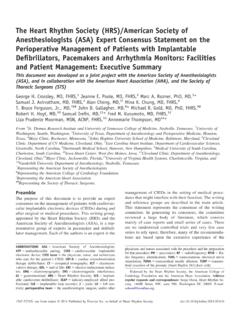

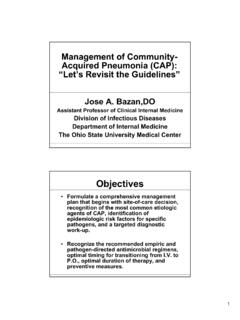
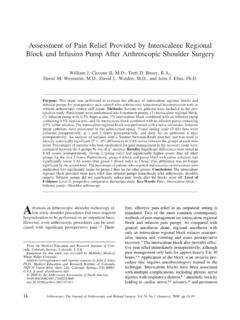
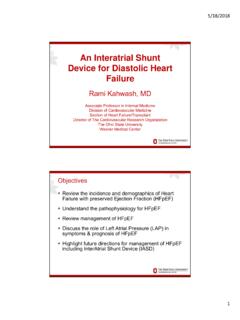
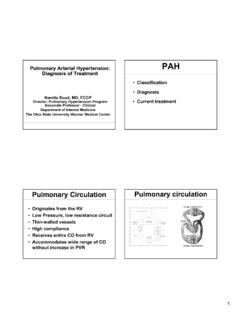
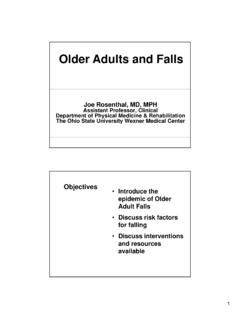
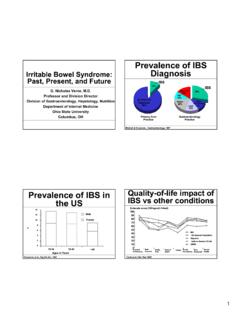
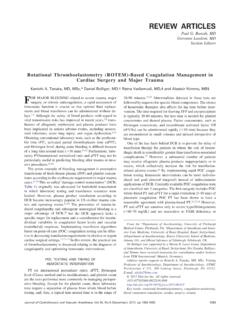

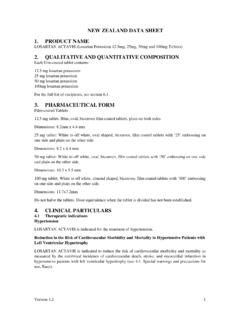
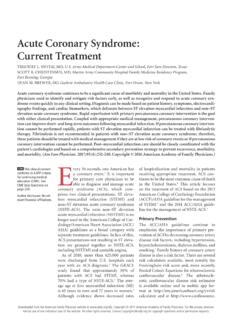
![Heart Failure Pathophysiology.ppt [Read-Only]](/cache/preview/5/6/a/8/a/5/4/1/thumb-56a8a5411198557184679ccfbe445eec.jpg)



